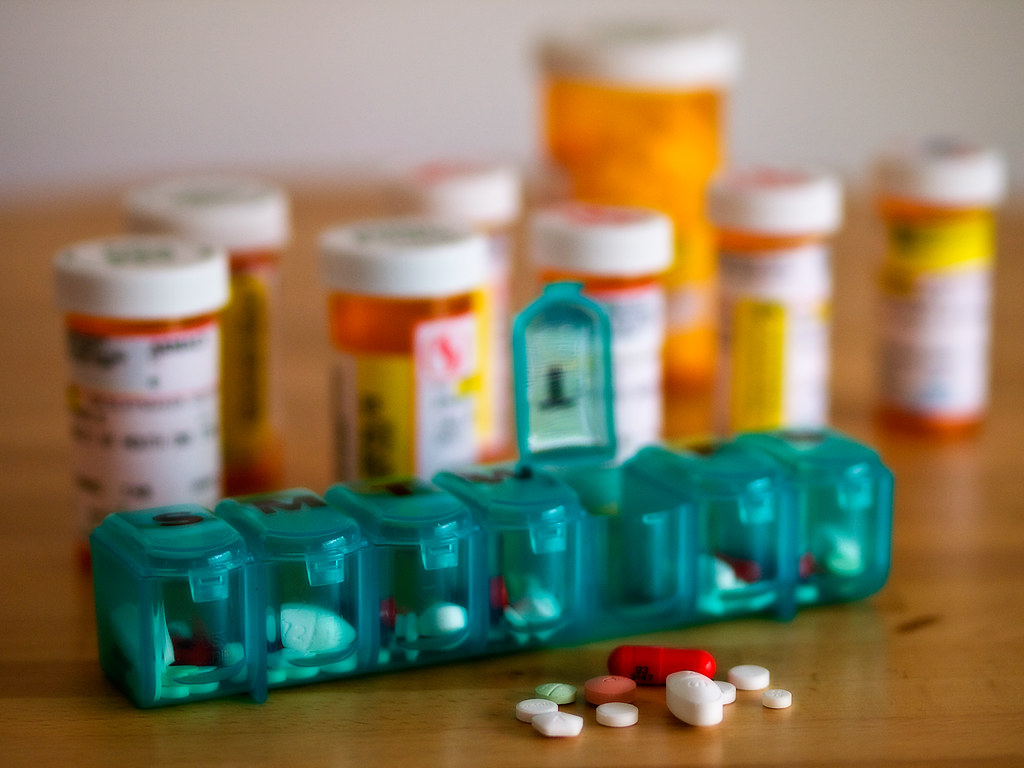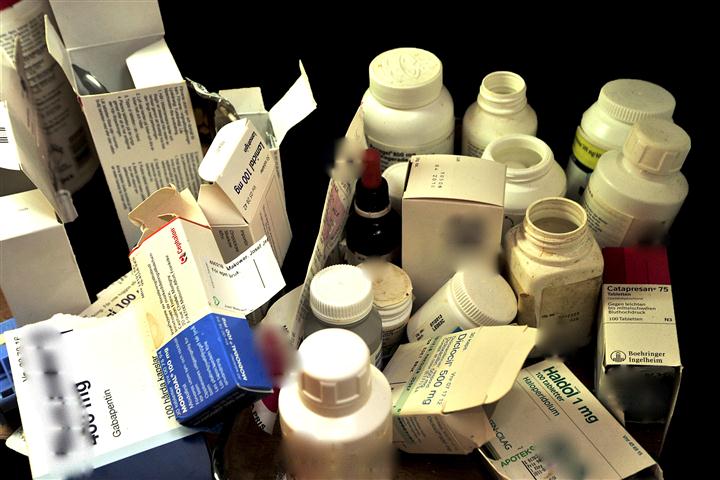Summary
– Polypharmacy: who is concerned?
– Dangers of polypharmacy
– Polypharmacy: risk prevention
According to the World Health Organization, polypharmacy is defined as “the administration of several drugs simultaneously or the administration of an excessive number of drugs.” The use of multiple medications simultaneously may be necessary or even essential for treating chronic diseases or polypathologies (several associated diseases). Still, it can also cause other health problems. What are the risks of polypharmacy, and how to avoid them? We come to the point in this post.
Polypharmacy: who is concerned?
Polypharmacy concerns all people who use several drugs simultaneously, whatever the duration of the treatment.
Depending on the circumstances, the associated drugs may be prescribed by one or more general practitioners or specialists during different consultations; or used without a prescription, as self-medication, alone or added to prescribed treatment.
The use of several drugs over a long time concerns subjects with a chronic disease or several associated pathologies and many older adults.
Dangers of polypharmacy

Taking several medications at the same time exposes the patient to different risks of drug iatrogenesis (all the undesirable effects caused by medications).
Risk of toxicity
Each drug contains one or more active ingredients that can be toxic when taken in excessive doses.
The administration of several drugs makes it more difficult for them to be eliminated by the organs that neutralize them (liver, kidneys, etc.). Their accumulation in the body increases the intensity and duration of each of their toxic effects.
Risk of drug interactions
Some drugs can modify other drugs’ activity by inhibiting their effectiveness or, on the contrary, by increasing it. This risk is estimated at 6% when taking two medications, 50% when taking five, and 100% when taking ten.
Risk of poor compliance with treatment
Many drugs can increase the risk of confusion between two drugs and taking the wrong one (wrong time, double dose, forgotten to take…).
Good to know: these side effects are twice as frequent and more severe in people over 65 years old, and 10% to 20% of them lead to hospitalization.
Polypharmacy: risk prevention
Preventive measures can avoid the risks associated with multi-drug treatments.
If you are taking such a treatment, you should:
– Follow the prescription to the letter (intake times, dosage, duration of treatment); the use of a pillbox can facilitate this task.
– Inform all the doctors you consult about the medication you are taking;
– Avoid self-medication without medical advice;
– Read the instructions for use to know the precautions or seek the advice of a health professional if necessary;
– Report unusual effects and seek medical advice if they are significant;
– Have your long-term treatment regularly reassessed by a general practitioner or a doctor specializing in the condition(s) being treated.
On the doctor side
The doctor has to avoid prescribing too many drugs and assess each drug’s benefit/risk ratio to each patient’s treatment.
On the pharmacist’s side
The pharmacist’s control, who knows the patient and his or her drug habits or notices that drugs on one or more prescriptions are incompatible with each other, helps prevent harmful interactions between drugs.
Do you know of someone in such a situation of polypharmacy?
If your answer is yes to the above, please share this post with him/her. Doing this will help inform people about the dangers of polypharmacy and make them aware of how to prevent the risks associated with multi-drug treatments.
If you are in such a situation, please share your experience in the comment section below and tell us how you are dealing with it.


